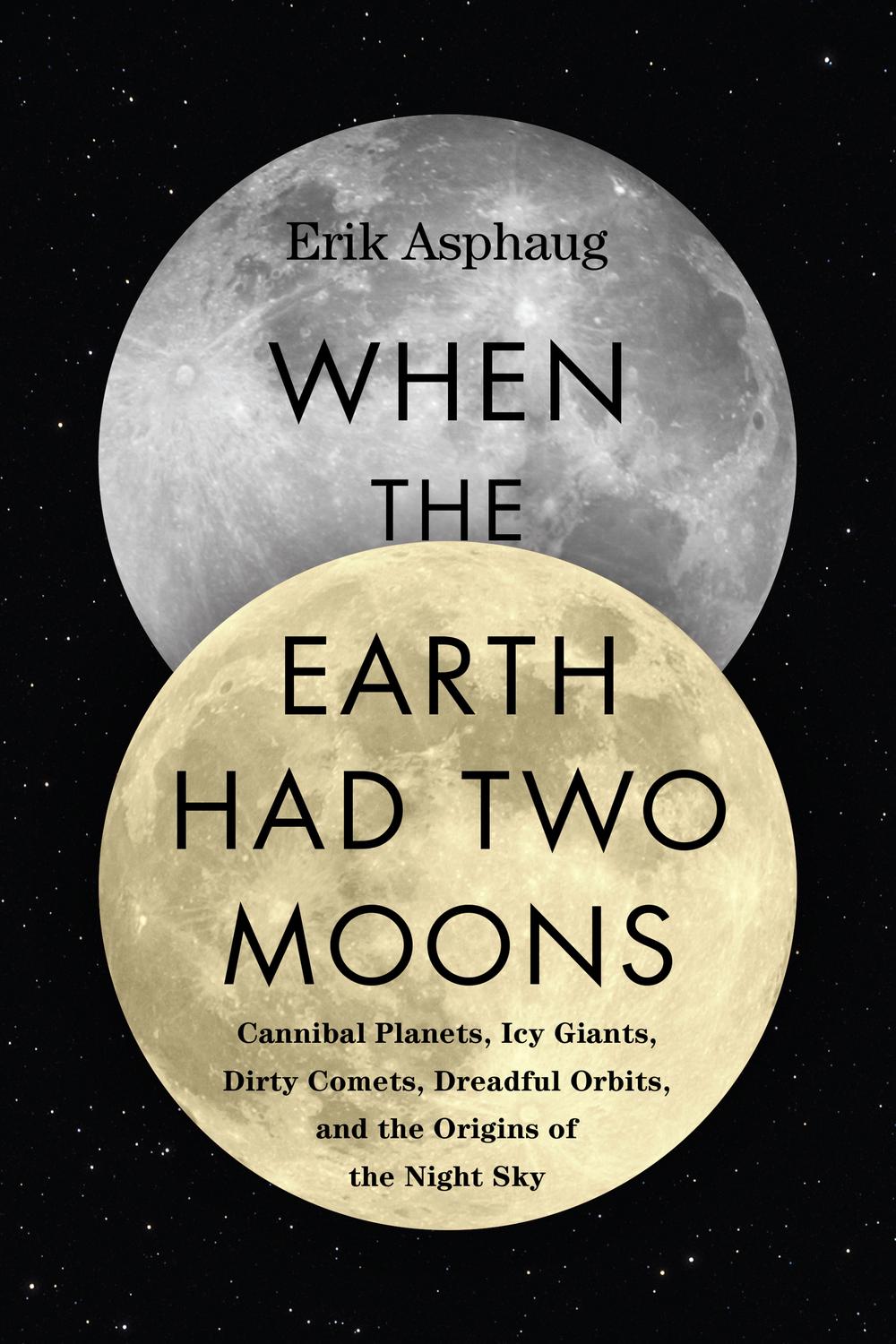
When the Earth Had Two Moons PDF
Preview When the Earth Had Two Moons
An astonishing exploration of planet formation and the origins of life by one of the world's most innovative planetary geologists.
In 1959, the Soviet probe Luna 3 took the first photos of the far side of the moon. Even in their poor resolution, the images stunned scientists: the far side is an enormous mountainous expanse, not the vast lava-plains seen from Earth. Subsequent missions have confirmed this in much greater detail.
How could this be, and what might it tell us about our own place in the universe? As it turns out, quite a lot.
Fourteen billion years ago, the universe exploded into being, creating galaxies and stars. Planets formed out of the leftover dust and gas that coalesced into larger and larger bodies orbiting around each star. In a sort of heavenly survival of the fittest, planetary bodies smashed into each other until solar systems emerged. Curiously, instead of being relatively similar in terms of composition, the planets in our solar system,...
